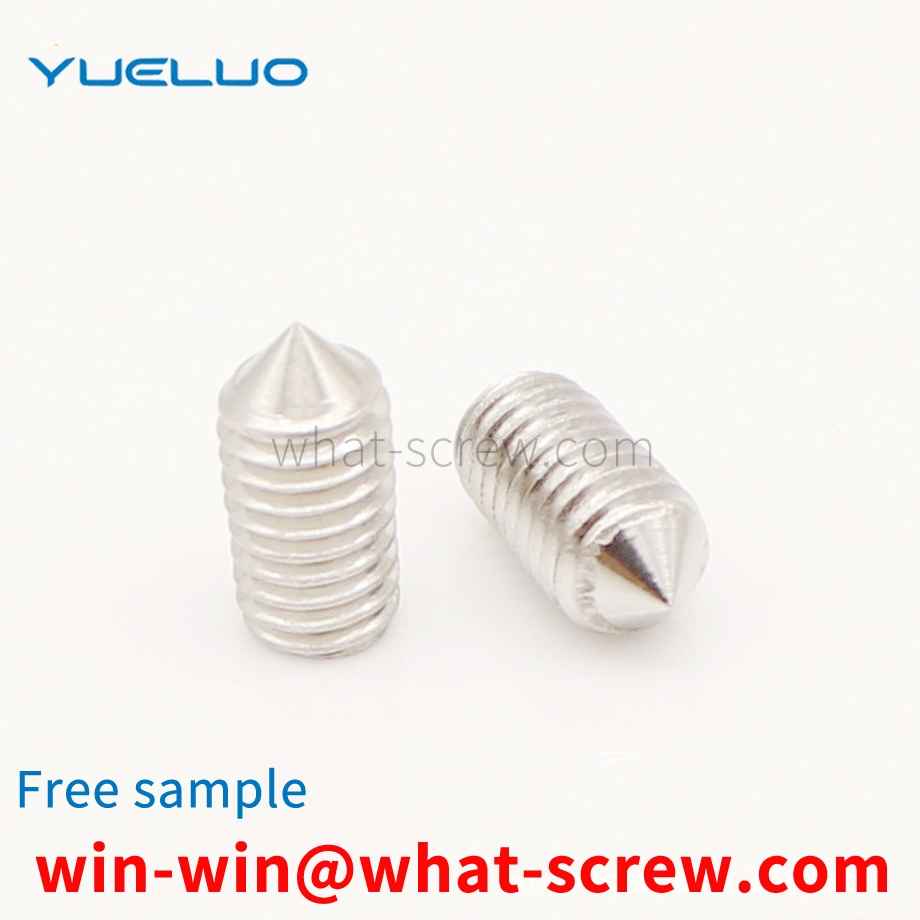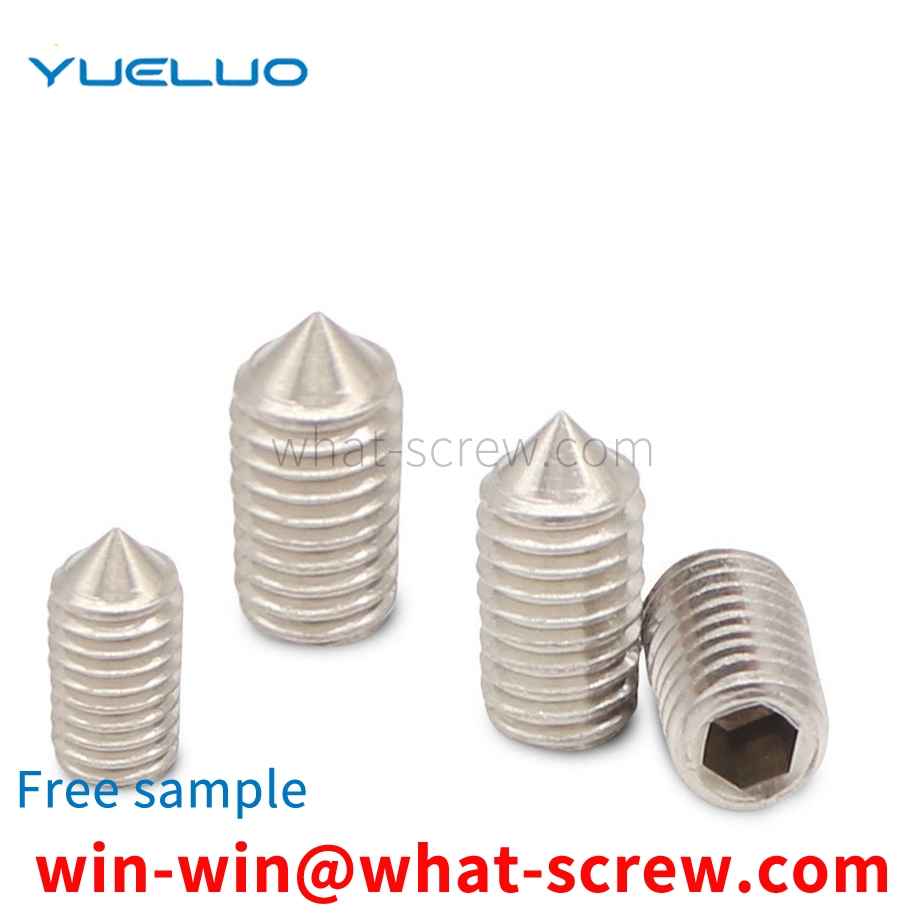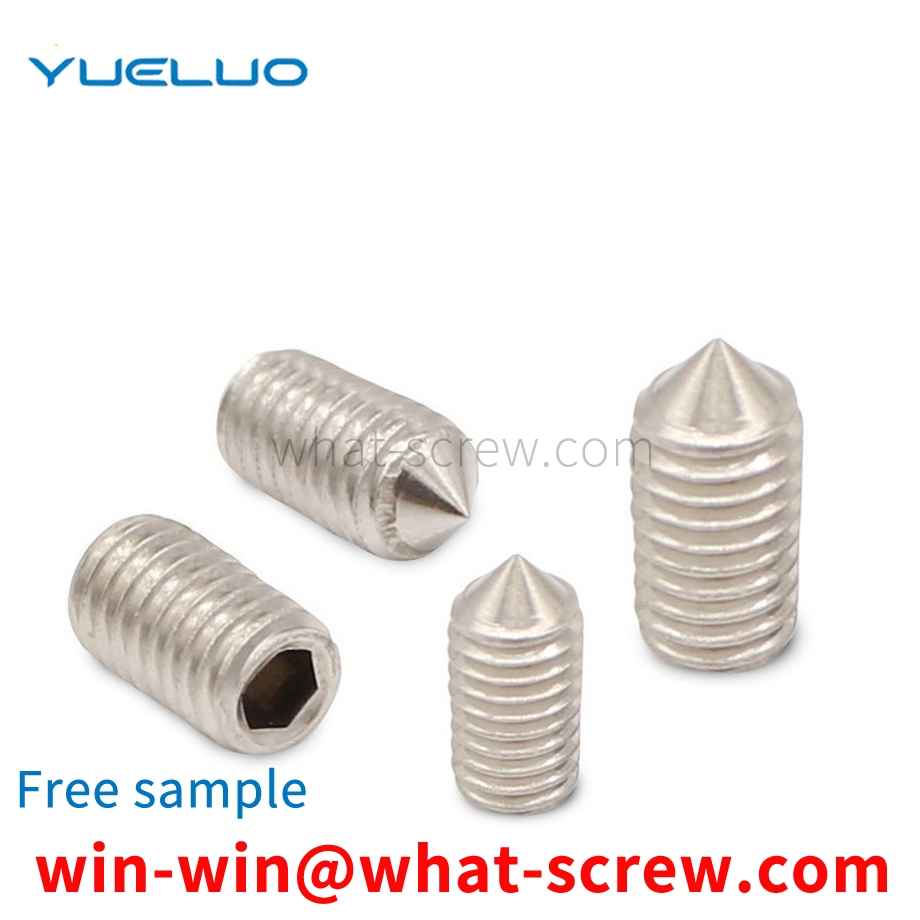What is the tolerance range of precision screws?
What is the tolerance range of precision screws?
Service Hotline
+86760-8787 8587We have more than ten years of production experience in the screw industry, the main products are: isolation rod, high precision hexagonal fine thread nut, screw cap 8 nut, thin gasket, KT board advertising display frame buckle rivet, hexagonal main board, screw nut, British and American Nylon lock nut, expansion end cap knurled implosion screw, hollow pin, carbon steel galvanized nut, flat spring washer separate combination bolt, drive-in screw, SOOS pressure riveting parts, hexagon socket bolt shaft and other fasteners, Due to the different materials and specifications of the products, the prices are also different, please contact us if necessary.


According to the properties of nuts, there are mainly national standard (GB), German standard (DIN), international standard (ISO), Japanese standard (JIS), American standard (ASTM/ANSI) and other standards. Among them, the national standard, German standard, and Japanese standard are represented by M (such as M8, M16), and the American system and the British system are represented by fractions or # (such as 8#, 10#, 1/4, 3/8). Commonly used national standard GB41 Ⅰ type hexagonal nut - C grade GB6170 Ⅰ type hexagonal nut - A, B grade GB6171 I type hexagonal nut - fine thread - A, B grade GB6172 hexagonal thin nut - A, B grade - chamfering GB6173 Hexagonal Thin Nut - Fine Thread - A, B Grade GB6174 Hexagon Thin Nut - B Grade - No Chamfer GB6175 II Hexagonal Nut - A, B Grade GB6176 II Type Hexagonal Nut - Fine Thread - A, B Grade GB6177 Hexagon Method Blue face nut - grade A GB55 hexagonal thick nut GB56 hexagonal super thick nut GB1229 large hexagonal nut (high strength for steel structure)

Round head three-combination screw The screw size in the round-head three-combination screw is GB818, and the main technical requirements of various types are: iron and stainless steel material requirements, iron low, medium, high carbon steel, stainless steel combination The materials of the screws are stainless steel 201, stainless steel 304 and stainless steel 316. The thread tolerance is 6G, and the mechanical properties of the iron combination screws are 4.8 and 8.8. The 4.8-level combination screws are ordinary steel, and the maximum allowable hardness is 255HV. The 8.8-level combination screws are generally made of wire rod 10B21. , and then undergo hardening treatment, and then dehydrogenation after hardening treatment. Hydrogen removal is to prevent hydrogen embrittlement of the spring washer in the combination screw. Prevent the spring pad from breaking. The tolerance class of the combination screws is A. The cross groove is H-shaped. The surface treatment of the combination screw has environmental protection and non-environmental protection. Such as, environmental protection blue zinc, environmental protection color zinc, black zinc, color zinc, white nickel and so on. The technical requirement of the combination screw for the spring washer is that the washer should be able to rotate automatically without falling off.


At present, drum brakes are usually used for rear brakes of automobiles, and pump parts assemblies are widely used. The traditional assembly method is to use tools such as screwdrivers and retaining ring pliers for assembly. The disadvantage is that the assembly efficiency is low, the accuracy is average, and assembly quality problems are prone to occur, which affects the performance of the product assembly. Now take the brake wheel cylinder assembly with automatic clearance adjustment mechanism produced by our factory as an example to illustrate the installation of the elastic retaining ring

The profile of the American National thread (60 profile angle and H/8 flatness) is different from the Wyeth thread profile (55 profile angle and H/6 flattening height). American National Thread is widely used in regions and industries that are influenced by American industry. In World War II, due to the inconsistent thread standards used by the Allies, the logistical supply difficulties caused serious economic losses and casualties to the Allies. Immediately after the end of World War II, the United States, the United Kingdom, Canada and other allies immediately began to formulate a unified thread standard among allied countries, and promulgated a unified thread standard in 1948. Because the economic strength and military strength of the United States dominated the Allied forces at that time, the unified thread was mainly formulated according to the national thread standard of the United States. Unity; the latter letter N is derived from the N designation for American National Threads. Since then, the unified thread began to squeeze the original use market of the British Whitworth thread.

The above content is uploaded by Yueluo or the Internet. If there is any copyright issue, please contact [email protected].

What is the tolerance range of precision screws?

How to choose the right stainless steel screw manufacturer?

Why is there an R angle under the head of the hexagon head s...

We have more than ten years of production experience in the ...

We have more than ten years of experience in the production ...

We have more than ten years of experience in the production ...

We have more than ten years of experience in screw industry ...